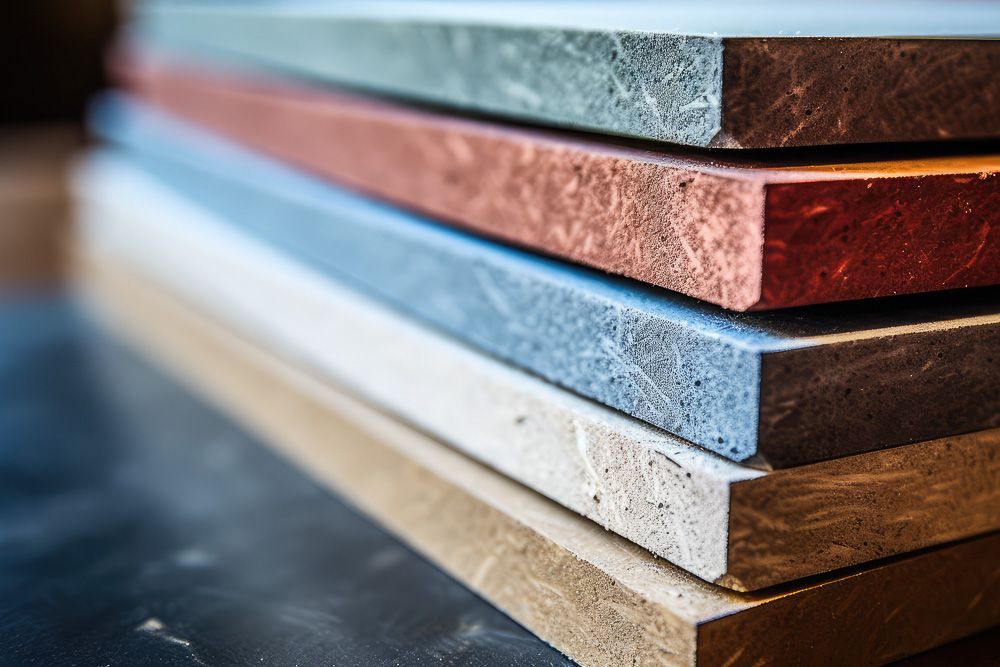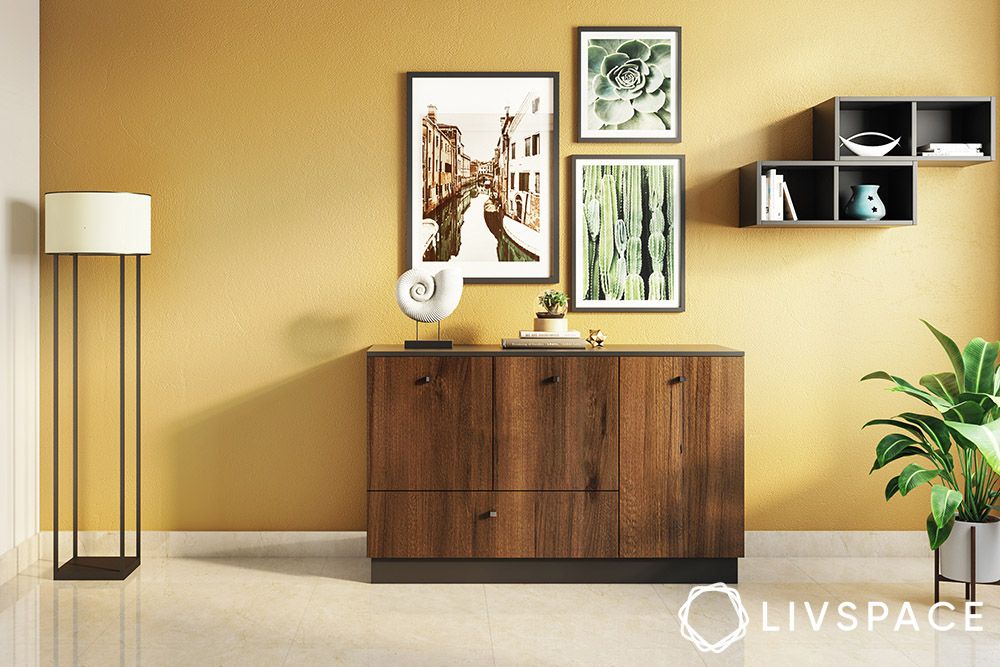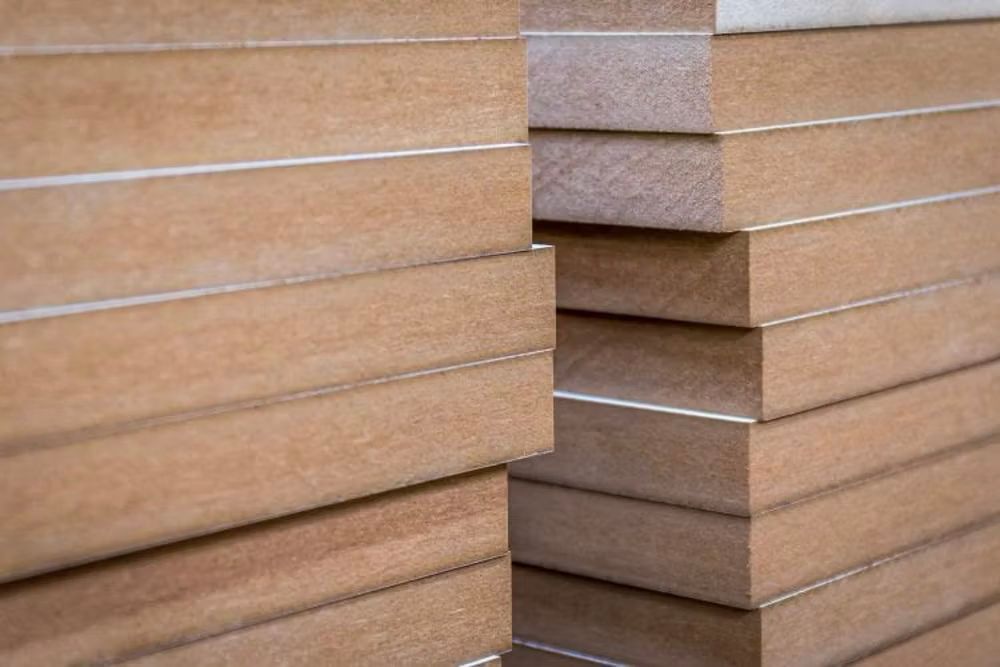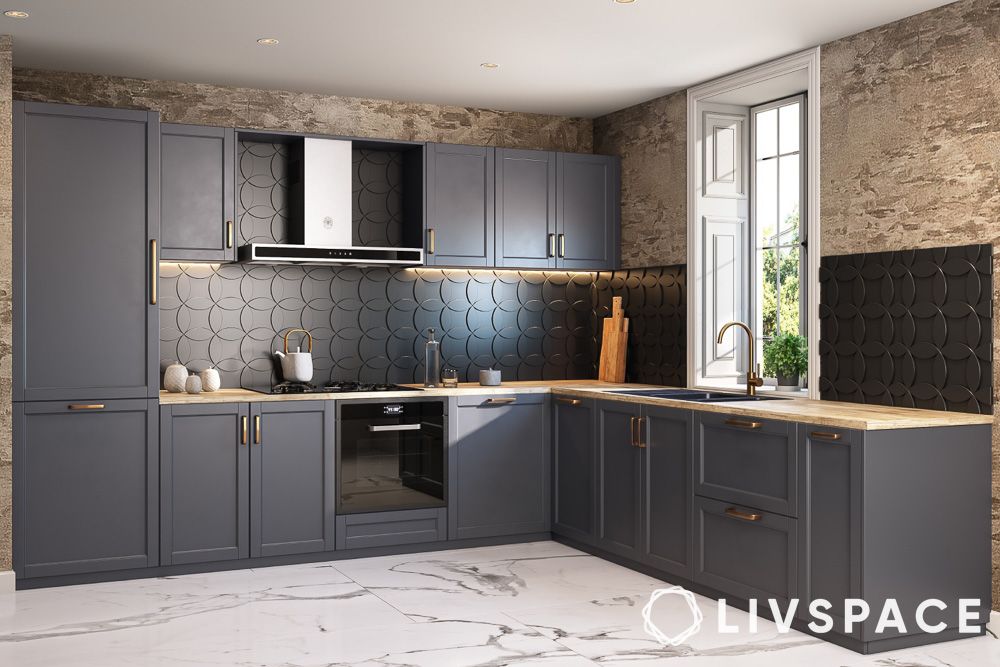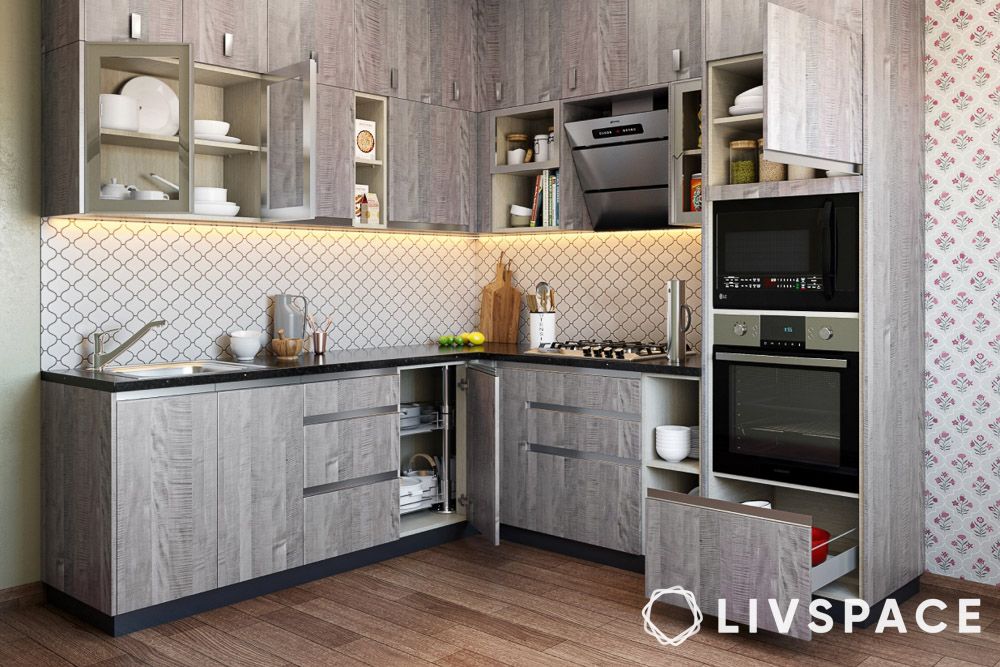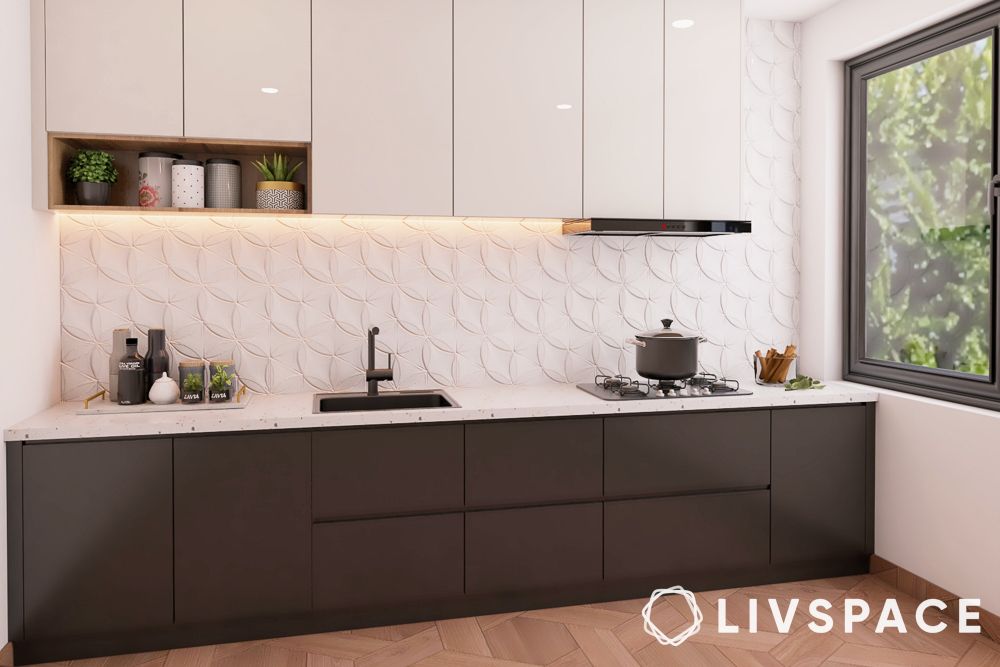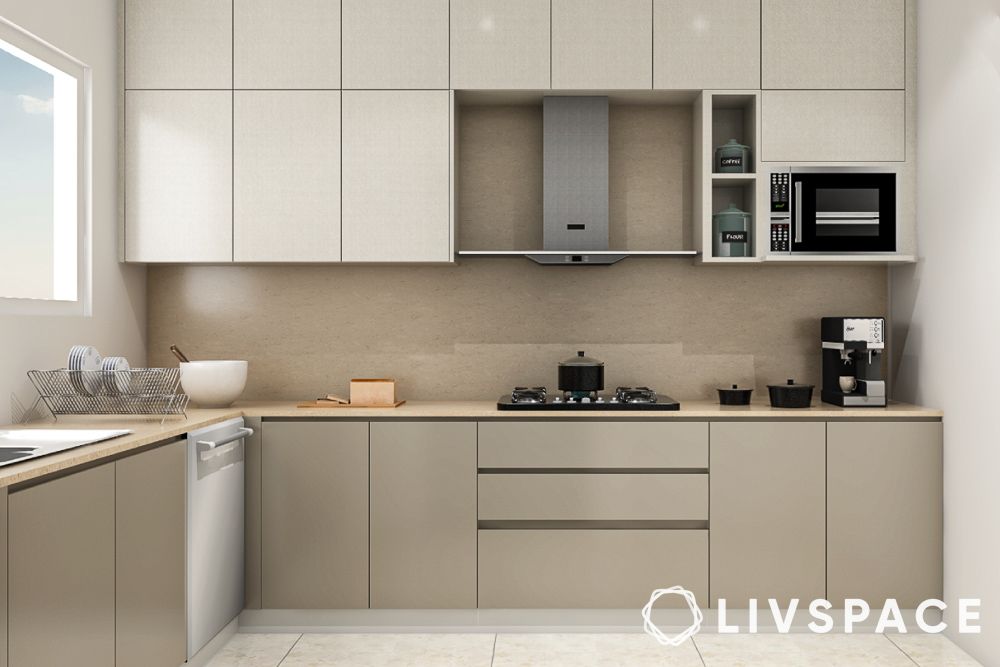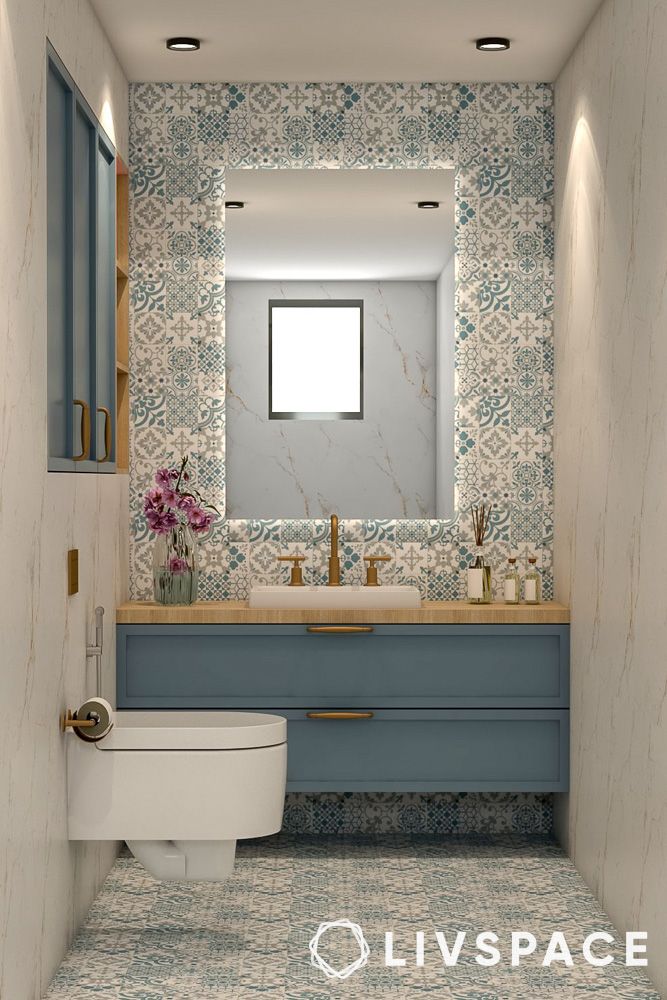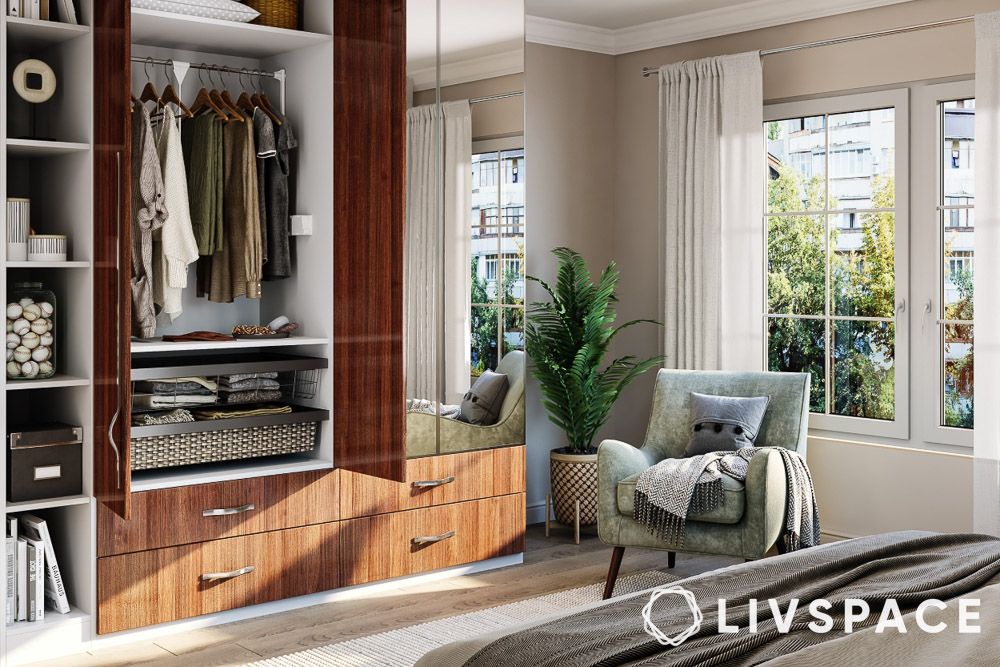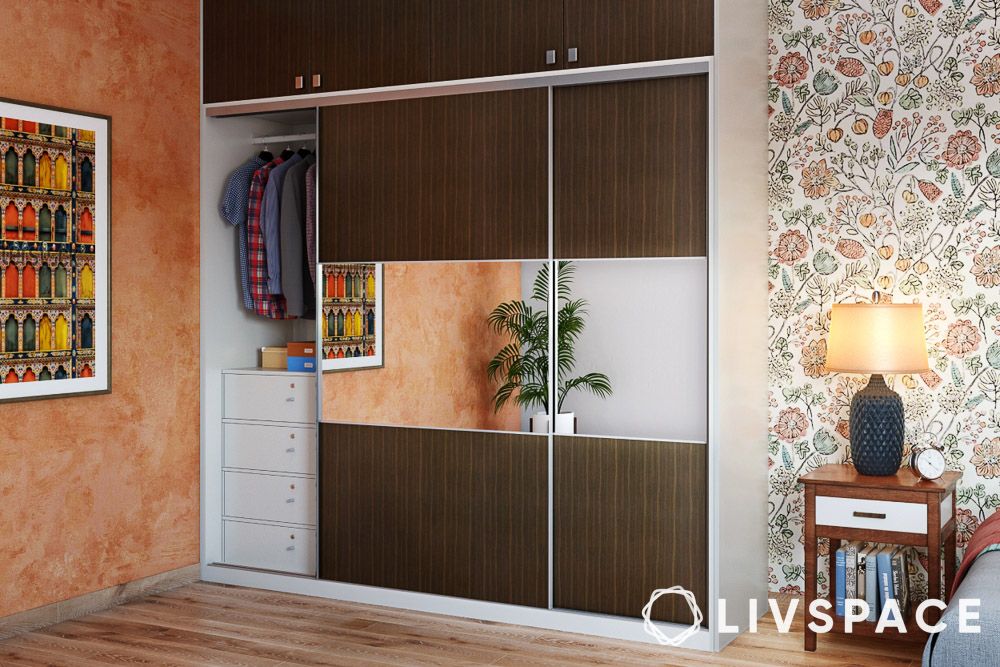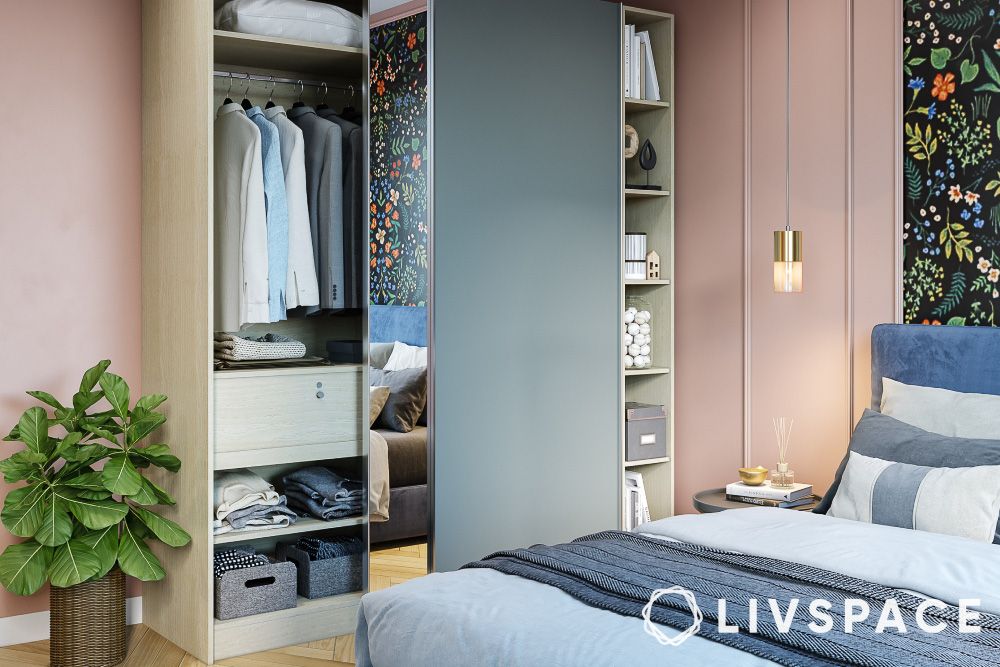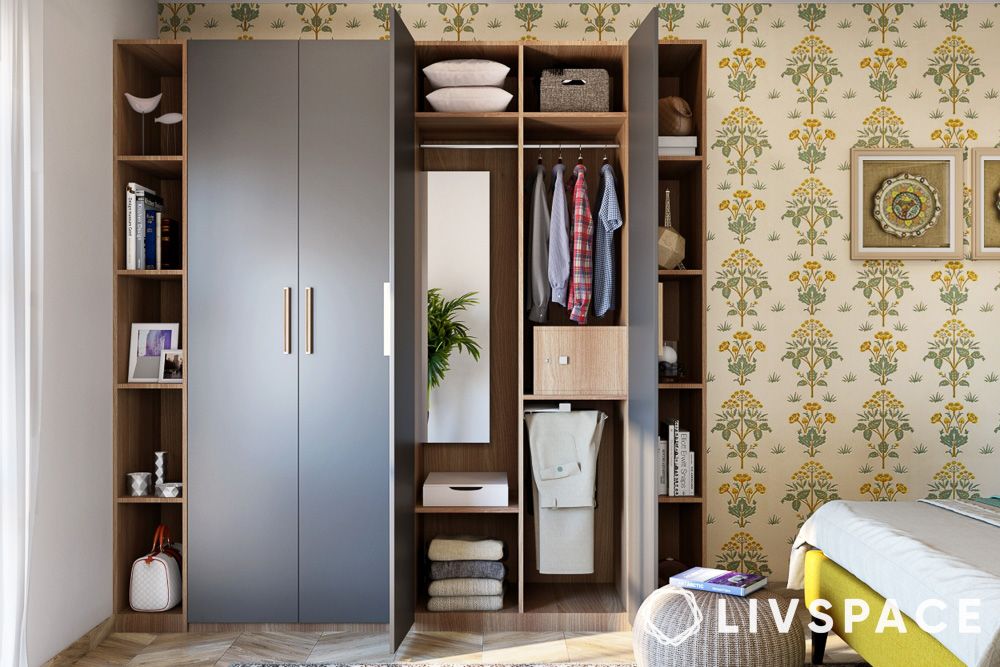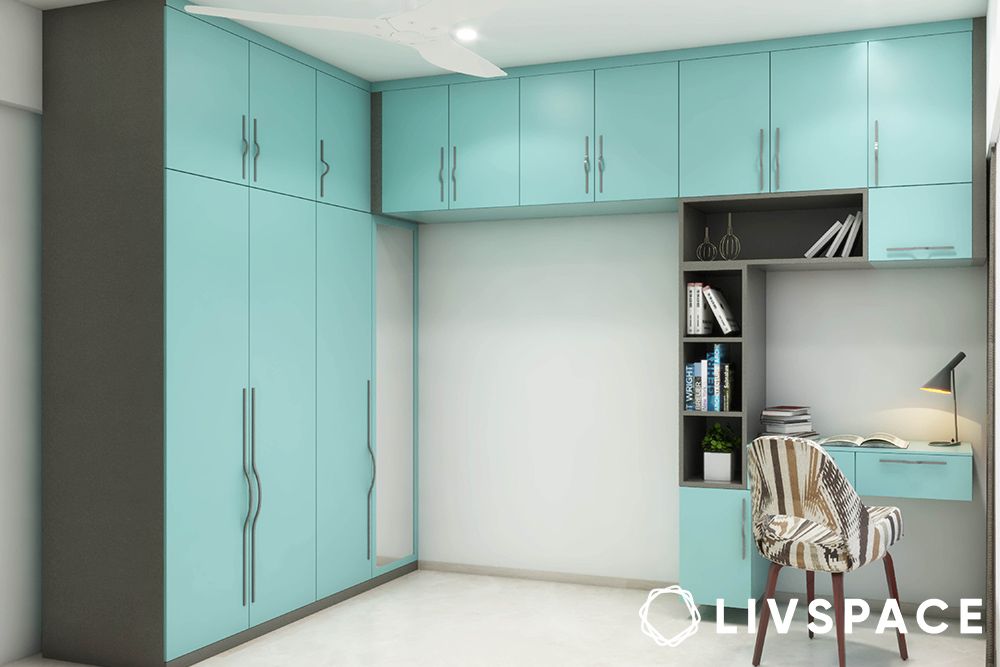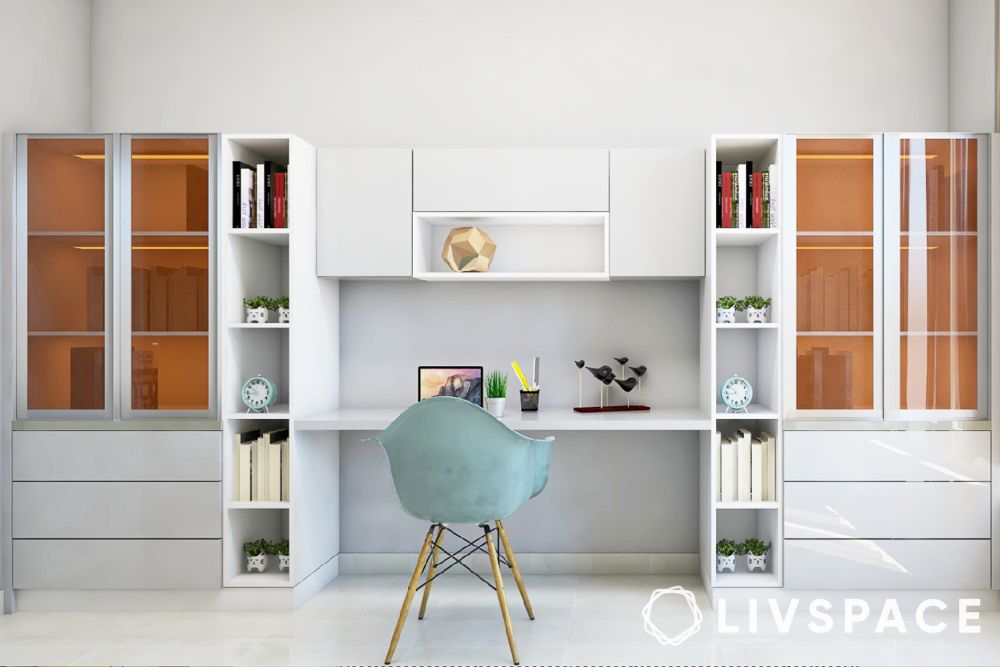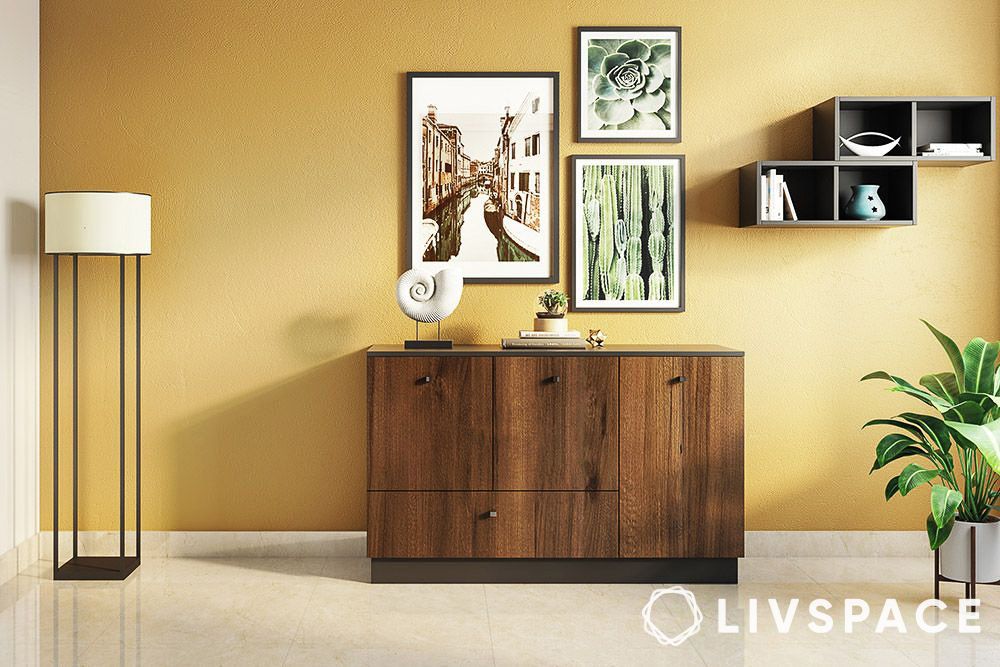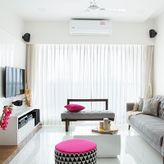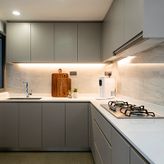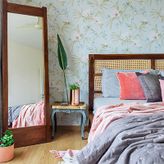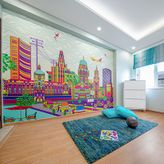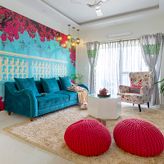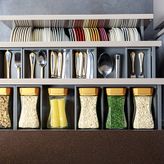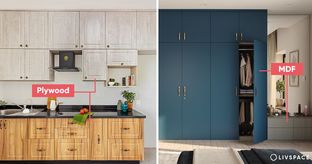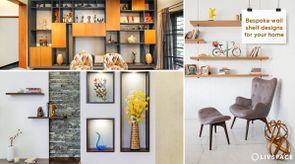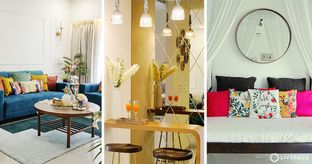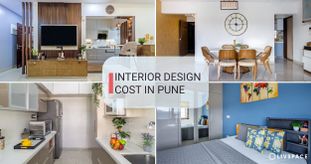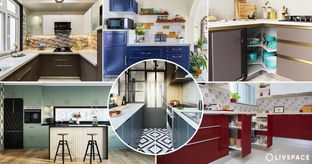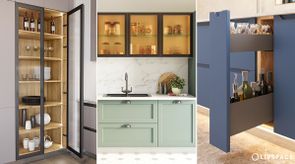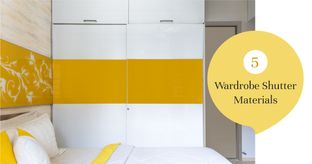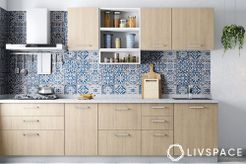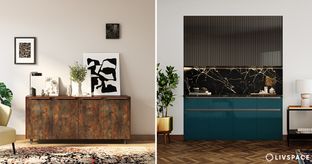In This Article
Have you ever walked into a furniture store and been overwhelmed by the sheer variety of materials available? The home interior design game buzzes with acronyms like HDF and MDF. While they sound similar, these wood-based materials boast certain characteristics that set them apart. So how do you tell which is HDF and which MDF? Read on to find out!
First things first, what is HDF?
It is a type of engineered wood product made from wood fibres bonded together with adhesive under high pressure and heat. HDF is known for its uniform density and smooth surface, making it ideal for various applications such as furniture, flooring, cabinetry and decorative wall panels. It is often used as a substrate for laminate flooring and as the core material for furniture due to its strength, durability and affordability.
What is MDF?
It is another type of engineered wood product made by breaking down hardwood or softwood residuals into wood fibres. These fibres are then blended with wax and a resin binder before being moulded into panels through the application of high temperature and pressure. It is often used as a substrate for veneer or laminate finishes due to its smoothness and stability.
Check out some of our #LivspaceHomes!
From kitchens to foyers, we use the best materials and technology to design a space that will stand the test of time!
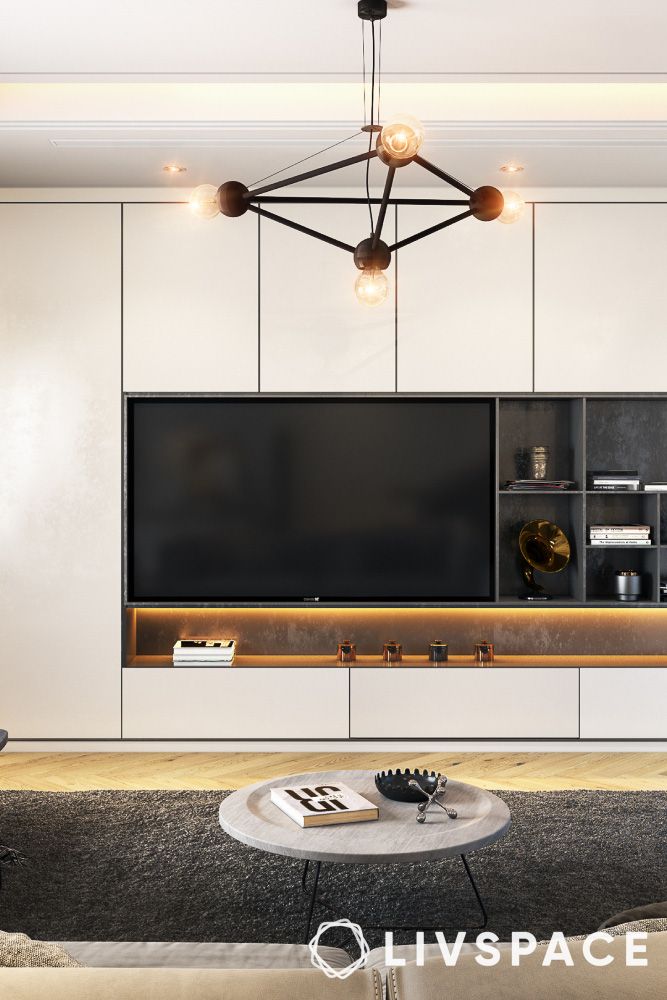
The difference between HDF versus MDF lies in their strength, primarily due to the different densities and manufacturing processes. Both HDF and MDF are made by compressing wood fibres with adhesives under heat and pressure. The adhesive used in both cases is typically a resin binder, such as urea-formaldehyde, phenol-formaldehyde or melamine-formaldehyde.
HDF versus MDF
Here’s how their manufacturing processes are different:
- For HDF, the wood fibres are typically refined to a finer degree compared to MDF. This results in smaller particle sizes, which contributes to the higher density achieved in HDF
- The forming process of HDF where the dried fibre-resin mixture is spread onto a continuous conveyor belt or mould may involve higher compression and compaction compared to MDF
- In the case of HDF, the hot pressing process typically involves higher pressure and temperature compared to MDF
- Both HDF and MDF panels may undergo similar finishing processes, but HDF may require less surface treatment due to its smoother and denser surface finish
Here are some characteristic differences:
| Point of difference | HDF | MDF |
| Density | 700 kg/m³ to 1000 kg/m³ | 600 kg/m³ to 800 kg/m³ |
| Strength | HDF is generally stronger and more durable compared to MDF due to its higher density | While MDF is still relatively strong, it is not as dense as HDF and may be more prone to damage from impacts and moisture |
| Cost | HDF tends to be slightly more expensive than MDF due to its higher density and strength | MDF is generally more affordable compared to HDF, making it a popular choice for budget-friendly projects |
| Application | HDF is commonly used in applications where strength, durability and moisture resistance are important, such as laminate flooring, cabinetry and decorative wall panels | MDF finds application in various furniture, cabinets, shelving, moulding and interior trim work due to its versatility and cost-effectiveness |
Which is better: HDF versus MDF?
Each material has its own advantages and disadvantages, so the choice between HDF and MDF will vary based on factors such as the intended use, budget, desired aesthetics and environmental considerations.
Also Read: What Is HDF-HMR? Is It Better Than MDF and Plywood?
HDF versus MDF: Cost comparison
MDF < HDF < HDF-HMR/Plywood
Also Read: A Complete Checklist to Choose the Best Wardrobe Materials
What is HDF-HMR?
Isn’t it frustrating when you open your kitchen cabinet and spot a big damp patch in the corner? Dampness can cause cleanliness problems and even damage your cabinets and furniture over time. But don’t worry! Livspace has got a great solution for you: HDF-HMR.
While HDF stands for high-density fibreboard (HDF), HMR stands for High-Moisture Resistance. HDF is a relatively new product category that combines the decay resistance of fibreboard and the strength of wood. HDF-HMR is a product that further increases the material’s decay resistance and moisture.
How do we ensure our products are the strongest in the market?
If moisture resistance is your top priority, then Livspace’s HDF-HMR is your best choice for all your modular products as it is powered by our AquaBloc Technology that prevents moisture from entering the core. Our DuraBuild Technology ensures your modules have the softest hinges and a strong build. And what about finishing? Livspace uses the AntiBubble Technology to make sure your cabinets have a super smooth finish, whether they’re made of MDF or HDF-HMR.
How can Livspace help you?
Wondering what materials to use for your kitchen or wardrobes? Visit our Experience Centre where we have tons of finishes, materials and textures you can feel for yourself. You can also consult with our team of seasoned designers here to receive expert guidance.
- Our modular products come with a flat 10-year warranty*
- Our products undergo multiple quality checks to safeguard your investment
- You can choose your favourites from over 20 lakh Livspace products
If you want your home to be just as beautiful, then look no further. Book an online consultation with Livspace today.
Disclaimer: All contents of the story are specific to the time of publication. Mentions of costs, budget, materials, finishes, and products from the Livspace catalogue can vary with reference to current rates. Talk to our designer for more details on pricing and availability.
*For full scope of warranty, please visit zonemlb.com/in/interior/service


